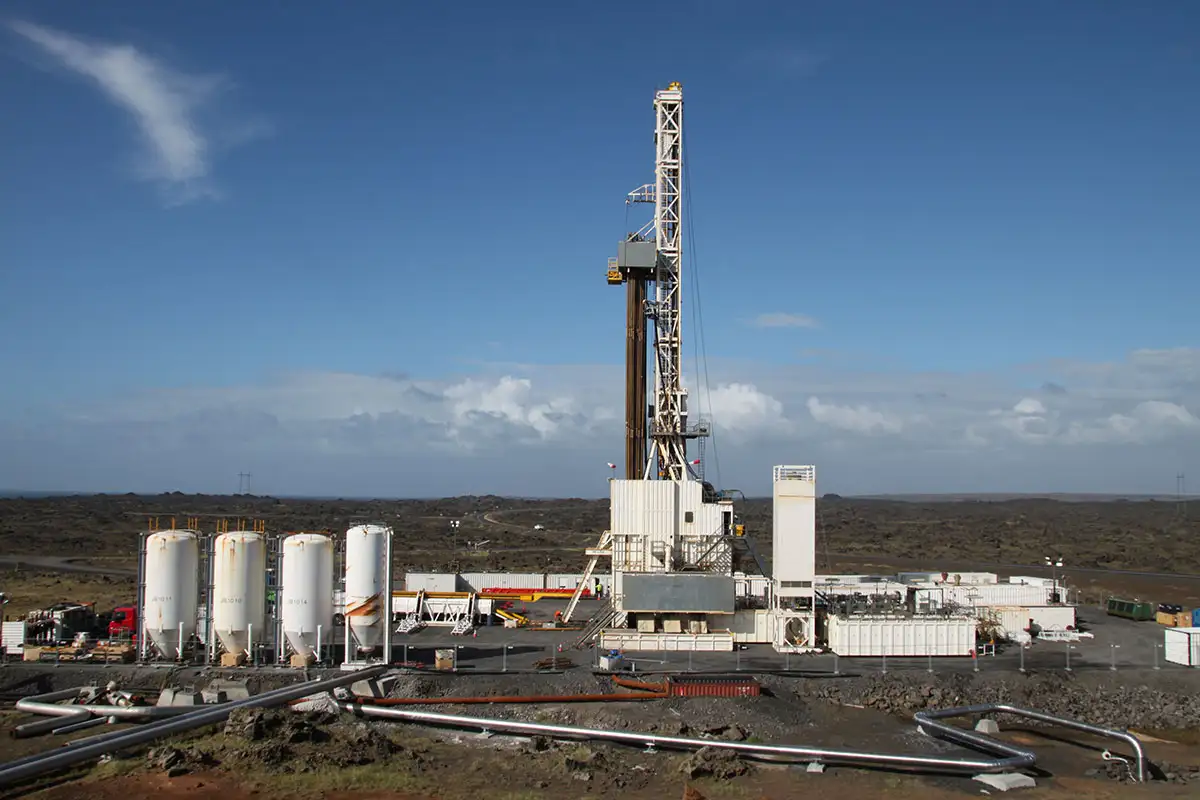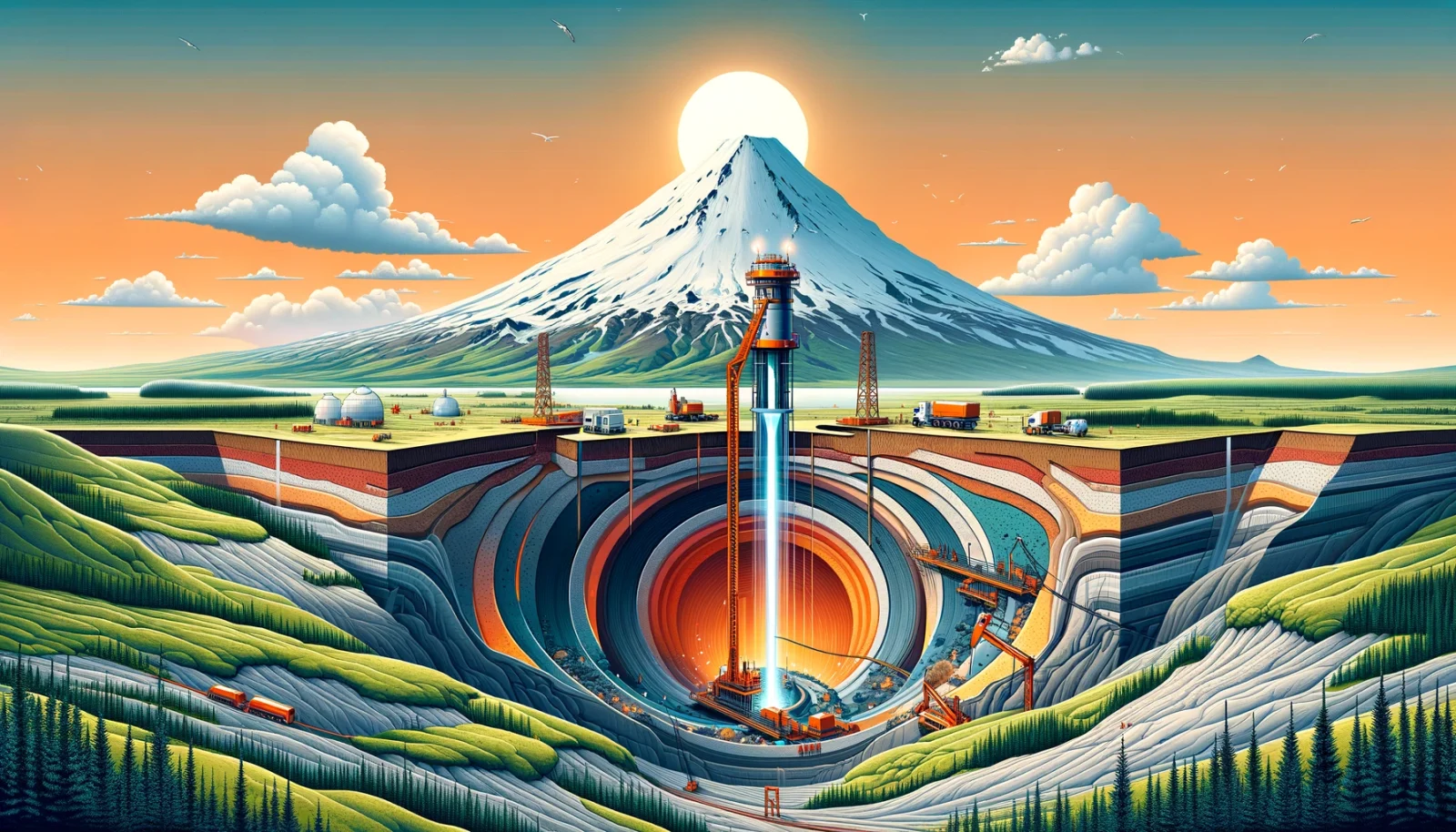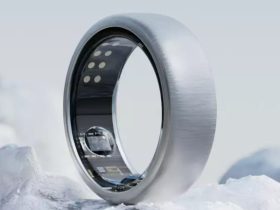Scientists in Iceland are preparing to drill into a magma chamber about a mile underground with the goal of generating limitless energy.
The Krafla Magma Testbed (KMT) is set to become the world’s first research center situated above a magma chamber, where it will monitor, sample, and test the molten rock in its natural setting.
The project hopes to provide unprecedented insights into volcanic processes and open new possibilities for harnessing geothermal energy.
“Magma within the Earth is the last unexplored frontier,” said Hjalti Páll Ingólfsson from KMT.
Research on magma chambers is crucial since these molten rock pools can lead to volcanic eruptions if they reach the Earth’s surface. However, locating and tracking these chambers with surface equipment is extremely challenging.
“We don’t have direct knowledge of what magma chambers look like, which is essential for understanding volcanoes,” Paolo Papale from Italy’s National Institute of Geophysics and Volcanology in Pisa told New Scientist.
In 2009, scientists identified a potential magma chamber about 2.5 miles underground near Krafla in Northern Iceland and began drilling. However, after drilling about a mile, the drill became stuck.
When it was retrieved, it brought up volcanic glass shards, revealing that they had accidentally breached a magma chamber.
Although the scientists were able to take some measurements, the wellhead eventually became too hot to operate. Attempts to cool it by pouring cold water into the well led to the release of black clouds, destroying their equipment.
Now, 15 years later, KMT aims to drill into the chamber again, but this time with advanced engineering solutions to stay operational.
Krafla is an ideal location for this experiment due to its ancient, viscous magma, which is less likely to cause eruptions or flow out during experiments, according to Ingólfsson.
Jon Gluyas, a professor of Earth sciences at Durham University, noted that any minor tremors caused by the drilling are unlikely to have a significant impact due to the area’s already high volcanic activity.
Standard drilling rigs, however, struggle with the extreme conditions. “It’s incredibly hot, and the materials used for drilling are not suitable for these temperatures,” Gluyas said.

Ingólfsson explained that one solution is to freeze the magma using water to create a “sock or a pocket” of solidified glassy rock, similar to obsidian. This would allow the drill to create a small cavity for monitoring equipment before the frozen magma collapses.
This approach aims to provide the first direct temperature readings of a magma chamber, a task that has never been accomplished before. However, Ingólfsson acknowledges the challenges and uncertainties involved in this innovative technique.
Another challenge is ensuring the rigging can withstand high temperatures and corrosive environments. Ingólfsson’s team is working on selecting appropriate materials and designing equipment to survive these conditions.
If successful, KMT could significantly advance our understanding of volcanic activity. Sampling an active magma chamber could provide invaluable information that is otherwise difficult to obtain.
Most of what is known about volcanoes comes from surface observations. Once magma reaches the surface and becomes lava, it loses many of the gases that propelled it. “Most of what we know about volcanoes is essentially an educated guess,” said Ingólfsson.
Direct sampling and monitoring of magma could reveal crucial details about its composition and improve methods for tracking its underground path. The frozen magma might also contain bubbles with valuable magmatic gases.
KMT plans to drill a second well dedicated to geothermal research. Ingólfsson believes one well in a magma chamber could be as productive as ten elsewhere due to the high temperatures and the altered rock composition, potentially making geothermal energy extraction more efficient.
The research could also inform new geothermal energy collection methods. “If we combine what we learn at Krafla with offshore drilling knowledge, we might envision utilizing it for abundant or endless energy,” Ingólfsson said.
Despite the promise, Gluyas questioned the immediate need for such advancements, noting that geothermal energy is still underutilized in well-developed volcanic regions.
KMT aims to start drilling the first hole into the magma chamber by 2026, but it faces the challenge of raising over $100 million from government and industry sources.
Ingólfsson expressed confidence in the project’s potential, despite the high costs compared to space research.
“In geology, two or three hundred million dollars is considered very expensive, but we believe the likelihood of achieving something significant is quite high,” Ingólfsson concluded.







Leave a Reply